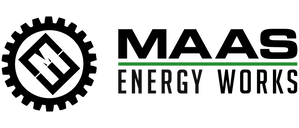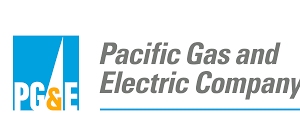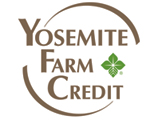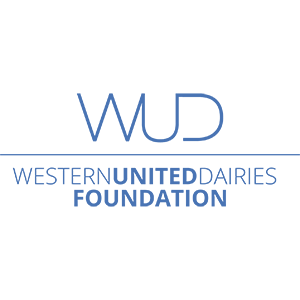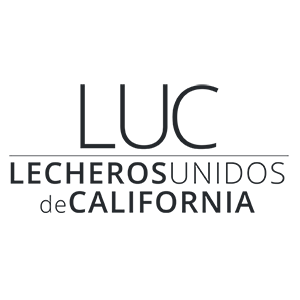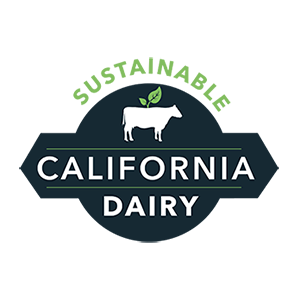By Paul Sousa, Director of Regulatory and Environmental Affairs
I have recently written here in our Update that livestock manure methane funding from the California Department of Food and Agriculture (CDFA) will soon be available. Dairy producers have become familiar with the digester and Alternative Manure Management Programs (AMMP). However, there is another program that was the result of a California Dairy Research Foundation (CDRF) grant application to USDA’s Climate Smart Commodities Program. CDFA is administering this funding since they already have staff and infrastructure in place. Dairy Plus is the name of this program and I want to focus on it here because it is new and may not be as familiar. Dairies that have implemented digester or AMMP projects with CDFA funding in the past are eligible to apply for Dairy Plus in this round.
The goal of Dairy Plus, like CDFA’s existing programs, is to reduce manure methane emissions. However, Dairy Plus has an additional goal of improving water quality through nitrogen and salt management. This is possible because some of the practices that reduce manure methane emissions also benefit water quality. Dairy Plus is focused on technologies that have that dual benefit and are somewhat innovative. In the last round those technologies included vermifiltration, weeping wall separation as well as advanced separation assisted by flocculants and bead filters. These practices can be combined with subsurface drip irrigation using liquid manure or manure composting.
In vermifiltration, liquid manure is sprinkled over a worm bed where the worms, and other microbes, digest the manure and convert the nitrogen in the water into nitrogen gas, which makes up about 80% of our atmosphere. This allows dairies to remove excess nitrogen from the facility without trucking it off. These worm beds are quite large, multiple acres, and that needs to be taken into consideration.
Weeping wall separators have been around for years, but the number of dairies utilizing them has remained small. They are very efficient at removing suspended manure particles, typically removing significantly more than can be achieved with conventional solid manure separators. This is one of my personal favorite manure separators. I have learned from my father, who has a dairy in Stanislaus County, that machines with moving parts and manure do not get along. Weeping walls contain no moving parts, no motors, bearings, chains, or conveyors to wear out and break. They just do their job day in and day out until it is time to clean them out.
Flocculants can bind small particles of manure suspended in water together into larger particles, which can then be removed by advanced separators designed for that job. That gets more of the manure out of the flush water before it goes to the lagoon. That reduces methane production in the lagoon and makes some of the nutrients that would have ended up in the lagoon available for export as manure solids. The flocculants are required for these systems to work and become an ongoing cost so be sure you understand exactly what those costs will be. Bead filters remove small manure particles by filtering them out, like how a sand media filter is used on drip irrigation systems.
Over the next several years water quality regulations will be changing for dairies in the Central Valley. One of the focuses of these changes is likely to be the excess manure nitrogen that some dairies have. These technologies can help you export some of this excess to bring your dairy into better nutrient balance while also addressing manure methane emissions.
I hope this helps you understand the Dairy Plus program and the technologies that can be funded with it. The next call for proposed projects will likely come out in late June/early July. This is a limited time offer with about $57 million dollars available. If you are cow rich and land poor this program can help you work toward achieving nutrient balance, while also reducing manure methane emissions. However, you should do your homework to determine what technology might be best for dairy. Be aware of what your dairy needs and what a particular technology can do for you. They take different amounts of land, require time to operate and maintain, and have very different long-term costs that need to be considered. If you are interested in applying for Dairy Plus now is the time to start! Work with your environmental consultant, or contact me, to discuss which of these technologies might be right for your dairy.





